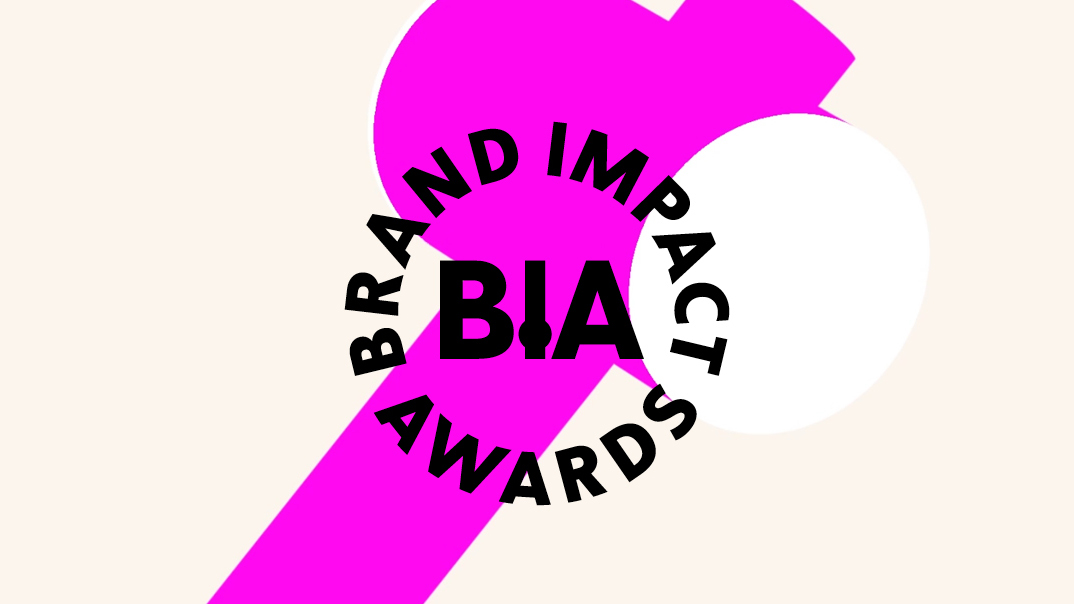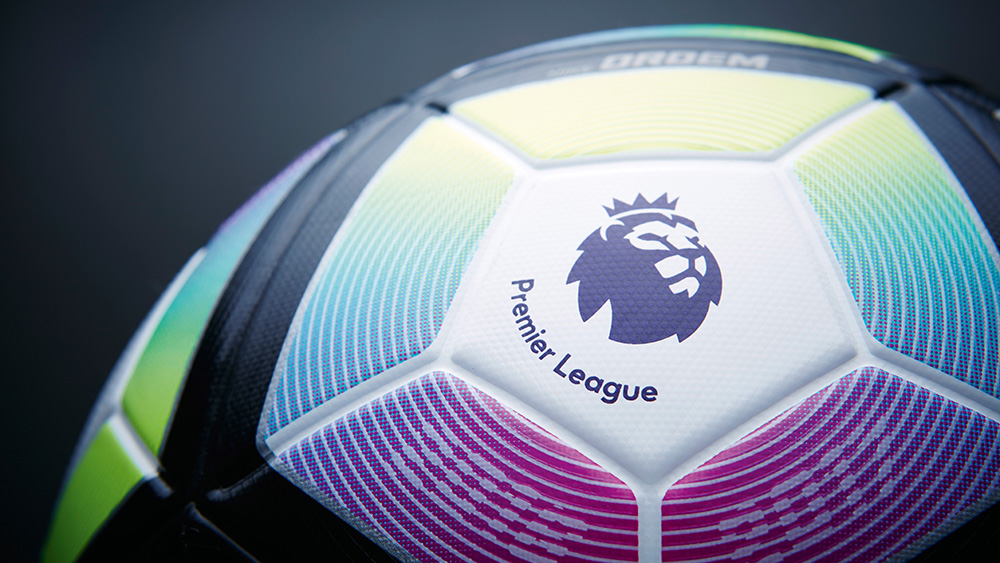
Predicting the big branding and logo design trends for the year ahead means putting into practice lessons learned and tested in months gone by, while preparing for the shift to come. Alternatively, it requires gauging the change that has already happened and trying to further shift it in a desired direction.
Either way, our predictions of the big branding trends for 2018 are shaped heavily by what's already taken place in 2017 – fake news and social influencers included.
As we have about a year to see how these predictions manifest, we’ll be testing our own theories out in our work at FINE along the way. Read on to find out what's coming your way next year in branding.
01. Ethics and honesty
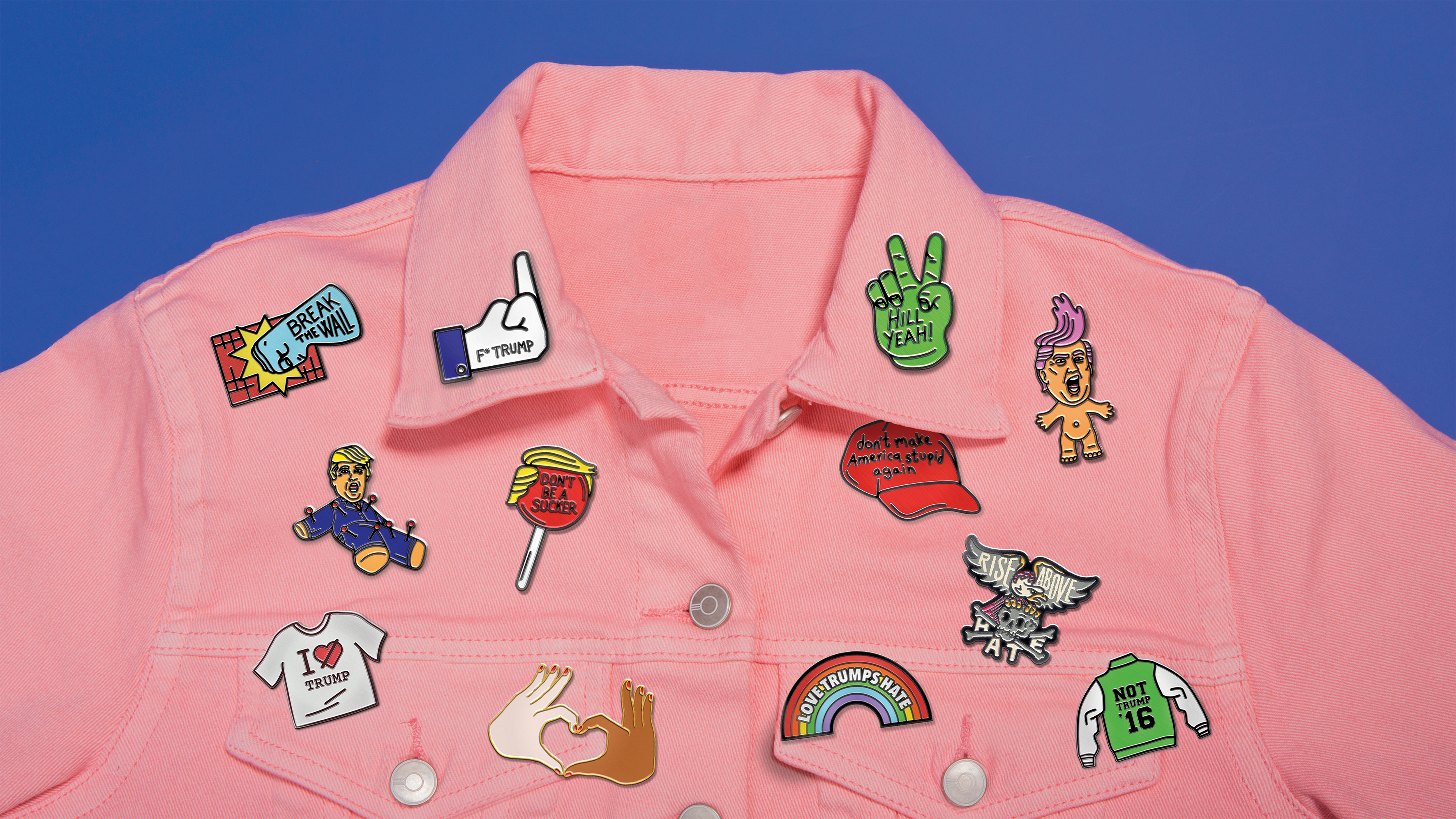
The rise of 'fake news' – any attempts to shroud business stories in baloney puffery – has set everyone's spidey senses tingling. It’s more important than ever to avoid that shiny, superficial layer of marketing speak. Instead, think deeply about what’s real and true about your brand, then reflect it in every aspect of your branding scheme.
Or, if your proposition is more aspirational, make sure you’re prepared to deliver promises in real ways. No spin, no smoke and mirrors.
This branding trend means a good product may not be enough any more. Customers and employees now often expect more corporate responsibility – authentic, genuine, and tied to your brand purpose.
A 2015 study showed that 91 per cent of global consumers expected companies to do more than make a profit. They also wanted companies to operate responsibly to address social and environmental issues; 84 per cent said they sought out responsible products whenever possible; and 90 per cent said they would boycott a company if they learned of irresponsible or deceptive business practices.
Get the Creative Bloq Newsletter
Daily design news, reviews, how-tos and more, as picked by the editors.
02. Placemaking
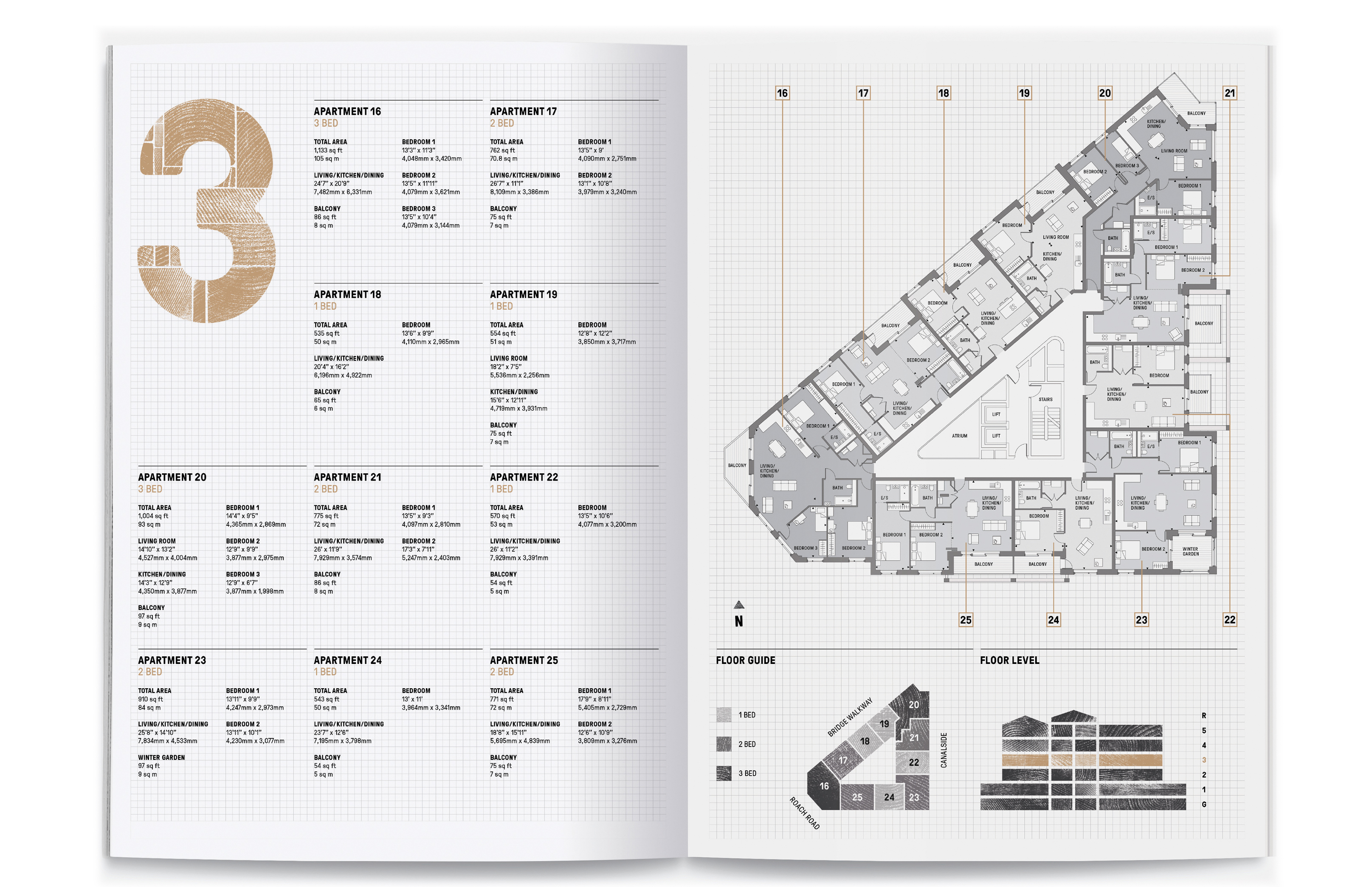
In an age where so much can be delivered remotely or digitally, design is becoming especially important to real-world experiences. Customer journeys and experiential thinking help to differentiate brands in the physical space. In the same way Nike approaches every touchpoint as a brand extension, players in real estate and other place-based industries – from retailers to hotels to services – will bring a new level of detail to our physical experiences.
In industries such as tech, design thinking is well-entrenched in product development, and this approach will start showing up in other industries, tied to real-time experiences in the real world.
Brands need to think about their channels, but bigger than that, they need to think about how design thinking can be applied directly to developing retail, hospitality, civic, or even residential environments, where the aim is to create differentiation before you even think about making a sale.
Either way, branding and design thinking are part of the process of creating an experience. A bit like the drones you increasingly see capturing video from above, brands will take a bird's-eye view of the customer experience and journey.
03. Influencers influencing both ways
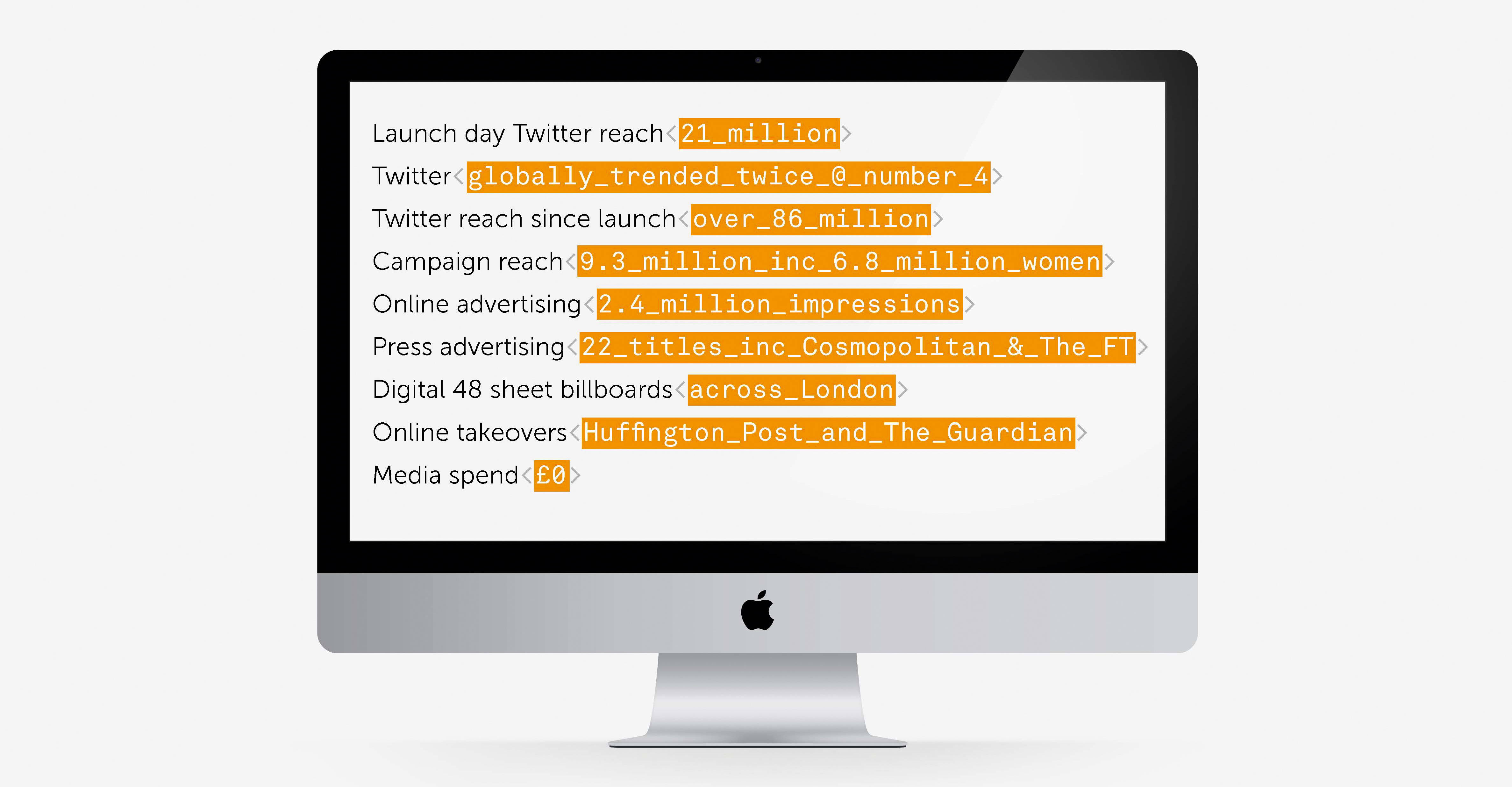
It will become increasingly important to direct your brand towards a particular target, not just a common one. The world of blogging and social media has made it clear that certain individuals are opinion leaders who act as filters and amplifiers to the people who follow them. People are skeptical of what brands tell them, but embrace what peers and self-selected guides tell them.
These days, influencers are customers who are better placed to tell other customers about the brand, rather than the brand blowing its own trumpet.
Brands need to win these influencers over, which means these venerated customer personas will help shape brands as much as they help influence other consumers. Even if a brand doesn't have a 'name' in mind to front its campaign, its can think about what consumer it wants to appeal to and then search out that ideal 'influencer' to help spread the word based on the brand's needs and desires.
Now that people can share their views on an unprecedented scale, marketing is no longer one-to-one, or even one-to-many – it’s one to many... to many... to many. That’s important in a world where it takes anywhere from five to 20 interactions with marketing material to generate a sales lead, and 80 per cent of marketing reach comes from amplification via customers.
In 2018, influencer marketing will continue to increase. And it's not just social media celebrities we're talking about – brands will seek to harness their customers’ ability to convert other consumers, placing an increased emphasis on story sharing over storytelling.
04. UX going physical
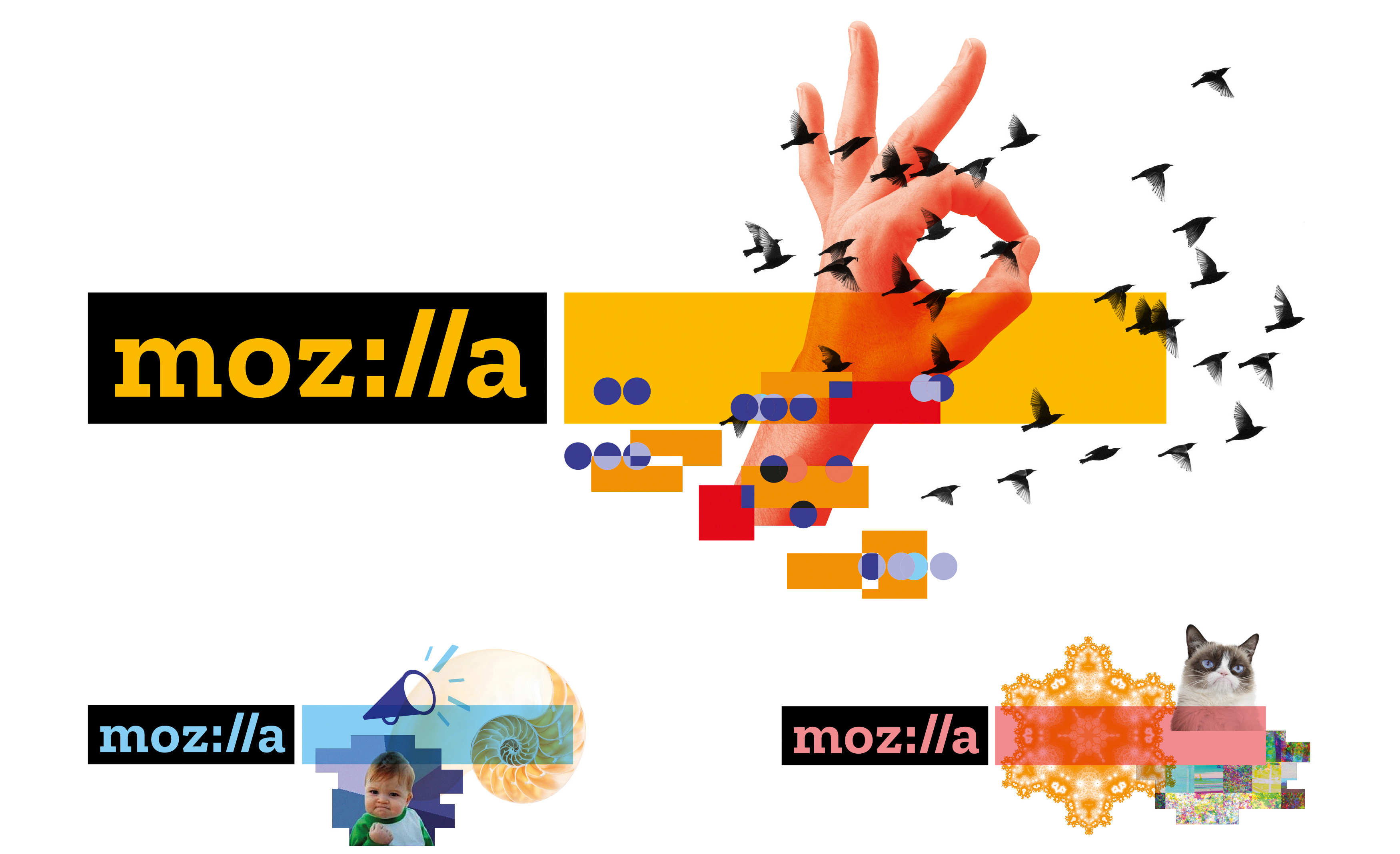
We will begin to see data influencing online user experiences in real time, as companies managing large client-facing websites will use machine learning and A/B testing to help automate usability testing. We might even see libraries or services that developers can integrate into their own applications. We may begin to see sites morph experience as a direct result.
And, if it can happen online, the same fluidity may not be far off in the real world. The use of mobile and the Internet of Things begins to blur what happens when you’re sitting at a desk browsing a website with what happens when you’re walking through a place.
As that increases, there’s a greater need for companies and brands to embed tech into their DNA. Technology is not something that happens in a channel; it’s something that helps to drive, inform, and influence all channels.
05. Building consumer confidence

From massive data breaches to successions of natural disasters, the overarching theme of security and confidence will affect branding in ways that are both subtle and overt.
Assurances behind what information is collected and stored (and why) are the obvious things. Less obvious is that consumers are looking for clues to determine whether a brand can be trusted, from the overall design quality and experiential thoughtfulness, to ratings and feedback on social media. Brands have to view all of their activities through the lens of a skittish public and a tumultuous world; particularly online.
It used to be that confidence came from big companies. It was kind of a shorthand for 'reliable and established'. Now people are more adept at getting cues in more subtle ways. In tech, the rise of APIs and specialisation is one example; websites are increasingly an aggregation of other web services.
But in general, the trend is toward micro-services instead of monoliths, where there is a belief that reliable brands are focused on one thing, or one person, and doing it very well.
Read more:

Thank you for reading 5 articles this month* Join now for unlimited access
Enjoy your first month for just £1 / $1 / €1
*Read 5 free articles per month without a subscription

Join now for unlimited access
Try first month for just £1 / $1 / €1
